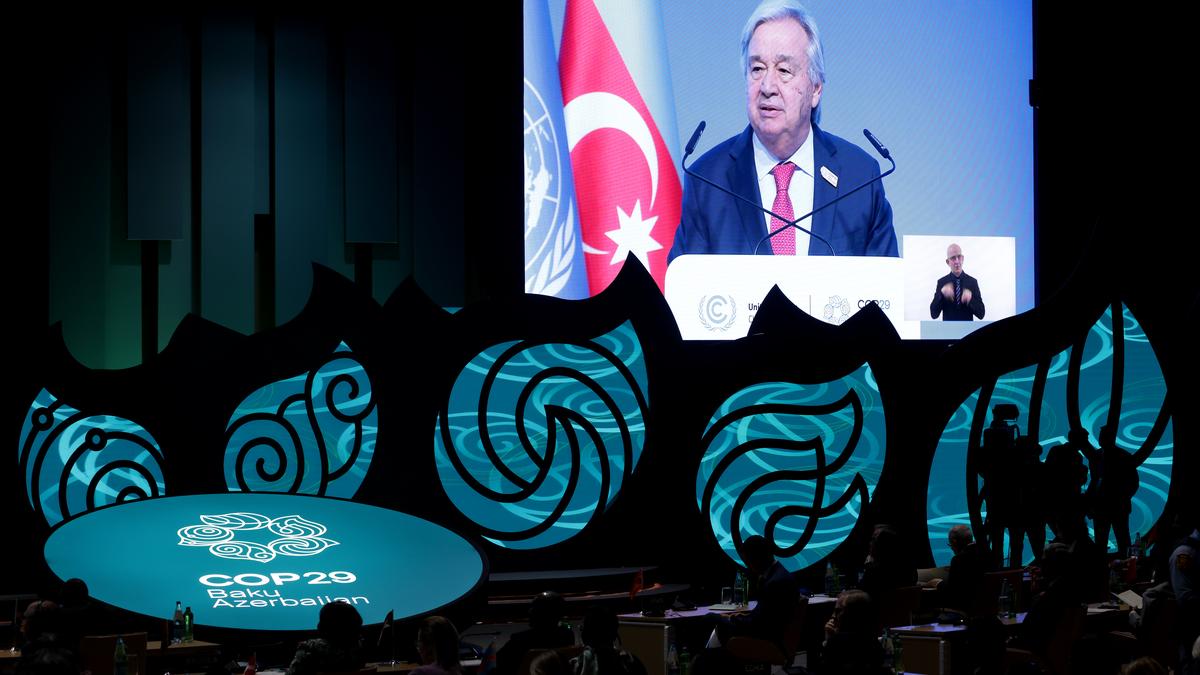
Why are countries fighting over climate finance at COP29?
The Hindu
The main task for nearly 200 countries at the U.N.’s COP29 climate summit is to broker a deal that ensures up to trillions of dollars in financing for climate projects worldwide.
The main task for nearly 200 countries at the U.N.'s COP29 climate summit is to broker a deal that ensures up to trillions of dollars in financing for climate projects worldwide.
Wealthy countries pledged in 2009 to contribute $100 billion a year to help developing nations cope with the costs of a transition to clean energy and adapting to the conditions of a warming world. Those payments began in 2020 but were only fully met in 2022. The $100 billion pledge expires this year.
Countries are negotiating a higher target for payments starting next year, but some have been reluctant to confirm its size until it is clear which countries will contribute.
Instead, they are circling around the idea of a multi-layered target, with a core amount from wealthy countries' government coffers, and a larger sum that includes financing from other sources such as multilateral lending institutions or private investors.
In the past, public money made up the bulk of contributions to the $100 billion goal.
Donald Trump's victory in the U.S. election has overshadowed the COP29 talks, because of expectations he will halt U.S. climate finance contributions.
That would leave a hole in any new global target that other donors would struggle to fill. Some climate negotiators also expect the overall target agreed at COP29 to be smaller, given the expected lack of contributions from the world's biggest economy.

The original physical flashcards, a tool to help children recognise and learn about 40 common Indian birds, was the first product created by Early Bird back in 2016, says Garima Bhatia, Programme Manager of Early Bird, a project of the Nature Conservation Foundation (NCF). “The flashcards were designed by Thoughtshop Foundation, a Kolkata-based design group and are now available in four languages — English, Hindi, Tamil, and Kannada,” she explains.










